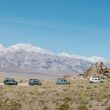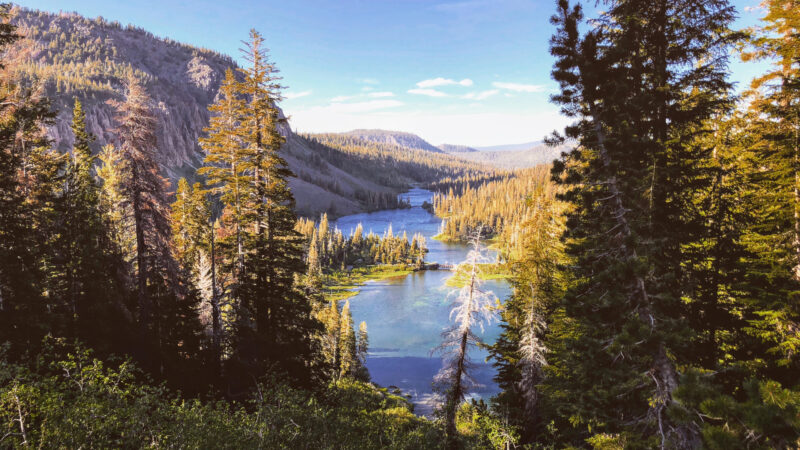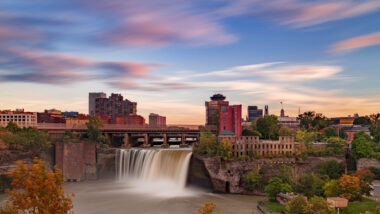Table of Contents Show
If you want to experience all the seasons in California, Big Bear camping fits the bill. You might be surprised at all this unique resort area has to offer. Let’s hit the road and explore this one-of-a-kind mountain getaway that’s been popular for decades.
Where Is Big Bear Lake?
Just 100 miles northeast of Los Angeles, Big Bear Lake is in the heart of Southern California. The alpine lake community bears a name that was inspired by the grizzlies that used to roam here. Big Bear Lake is a reservoir formed in 1884 to help irrigate citrus crops. It’s cradled in the San Bernardino Mountains and is about an hour’s drive from San Bernardino proper. Joshua Tree National Monument lies just over 70 miles to the east.
What to Love About Big Bear Camping
Big Bear has a lot more than its location going for it. The variety of recreational opportunities here is incredible, but you’re not isolated in the wilderness. The woodlands of the San Bernardino National Forest surround it, but Big Bear also has many developed attractions.
The resort meets summer and winter needs with a lakeside marina and two ski areas (Snow Summit and Bear Mountain). A charming and quaint mountain town called Pine Knot Village offers shopping and dining opportunities. History-minded travelers may also enjoy brushing on the lake’s heritage and how the California Gold Rush helped shape the area.
What You Might Not Know About Big Bear Camping
Big Bear camping is not your average bear. The weather limits many places we like to visit, and many of them shut down in the colder months. In winter, however, Big Bear simply kicks into a different gear.
It’s a cliché to say a place offers something for everyone, but you’re not likely to get bored at Big Bear. In this section, we’ll take a look at the different ways you can enjoy this incredible destination.
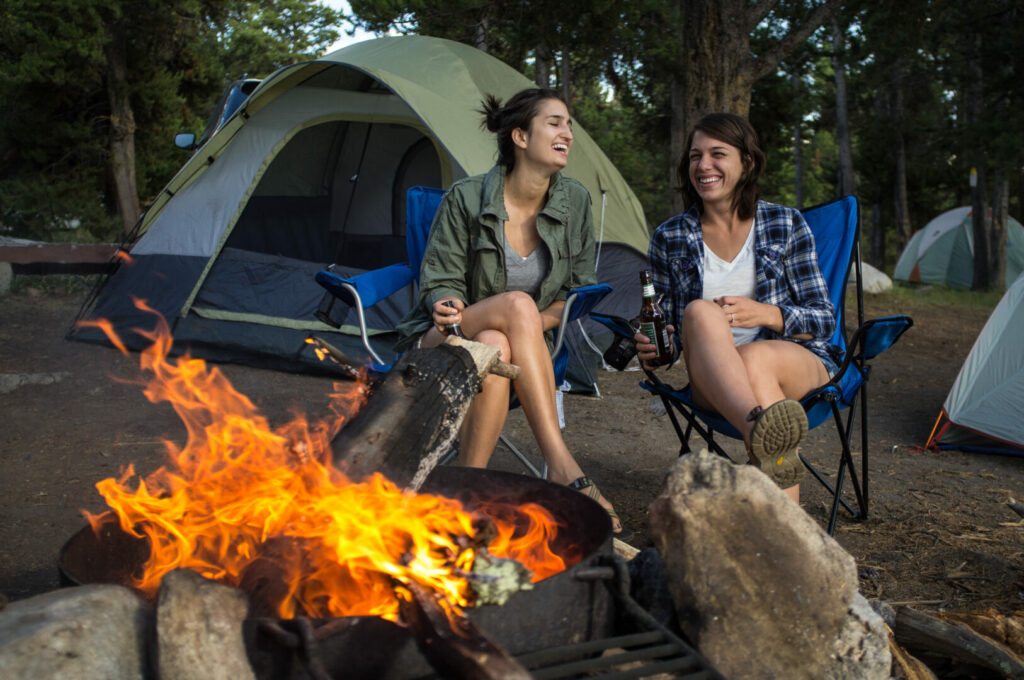
There Are Several Types of Big Bear Camping Sites
Big Bear camping means different things to different people. Thankfully, not all campgrounds in the area are rustic and primitive. Big Bear accommodates many different styles of outdoor living, whether you’re after total comfort or relaxing solitude.
Yellow Post Sites
Unique to the San Bernardino National Forest, yellow post sites are for free backcountry camping in remote areas. Yellow metal posts distinguish these first-come, first-served sites that the federal government maintains. They have a metal fire ring, but there’s no guarantee you can use it because of fire restrictions in the area. Yellow Post sites are for single-family use and are open to cars, vans, and RVs.
Dispersed Camping
If you’re seeking some peace and quiet and a little elbow room, dispersed camping is another way to go. You may also know it by other names like dry camping and boondocking. This is camping in natural, scenic areas with very few amenities. In fact, you’re relying on your own water and electric power to live “off the grid.”
Glamping
Others wouldn’t dream of roughing it under the stars. You might be a “glamper” if your idea of a home away from home has just as many comforts. We chuckled over the term when we first heard it years ago, but glamping has become pretty mainstream. From luxury cabins to decked-out yurts and pampering RV resorts, Big Bear caters to high-end campers, too.
Typical Campgrounds
Lots of us fall somewhere in the middle. We love having a self-sufficient and simplified experience outdoors, but sometimes we need to plug back in. What’s a typical campground at Big Bear? At the least, there’s running water, a fire ring, and vault toilets. Sometimes, we want more, such as full hookups, reliable Wi-Fi, and a clean and inviting bathhouse.
You Can Enjoy the Water and the Mountains
You can water ski or snow ski, depending on the season or the water temperature. And there are plenty of other things to do outside. On the lake, fishing, kayaking, canoeing, and paddleboarding are all prevalent. On the ground, hiking and biking are big, and there’s also a nine-hole golf course. As for the slopes, the Big Bear area has abundant snowfall because of its high elevation, but sometimes they work a little magic to enhance it: They use compressed air and water to make sure conditions are just suitable for skiing, snowboarding, and tubing.
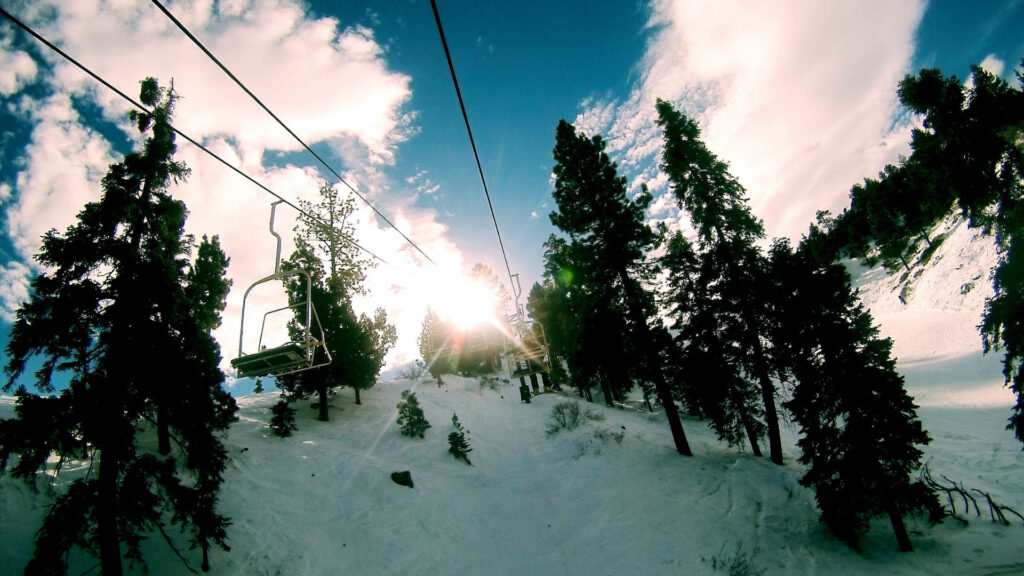
You Can Enjoy Big Bear Camping All Year Long
Big Bear offers the abundance of the sunshine you’d expect in Southern California – as many as 300 days a year. More time in the sun means more time for these outdoor activities. It also means that the campgrounds are open year-round.
And, the enhanced snow conditions in the winter make it perfect for winter outdoors people.
The Big Bear Discovery Center Is Really Cool
Here’s where you can find out about what led to the grizzly bears’ demise and how black bears arrived. Big Bear has quite a story to tell, and the informative visitor center covers it in detail. You’ll find the Big Bear Discovery Center on the north shore of the lake.
You’ll Need a California Campfire Permit
We touched on this earlier, but California has strict regulations on campfires and sometimes prohibits them completely. This is because of tragic situations in which fires have gotten out of control and caused widespread destruction. Every year, wildfires in California make
For Big Bear camping, you must have a California Campfire Permit, but it doesn’t guarantee you permission to start a fire. In some places, you’re only allowed gas-powered stoves and fire pits.
There Are Predators Around
Besides the bears, there are some other wild animals to watch out for, as well. You may spot some coyotes or at least hear their plaintive songs at night. Also, be on the lookout for mountain lions, also called cougars and pumas. If you encounter one, it’s best to resist the urge to take a selfie and focus instead on maintaining a safe distance.
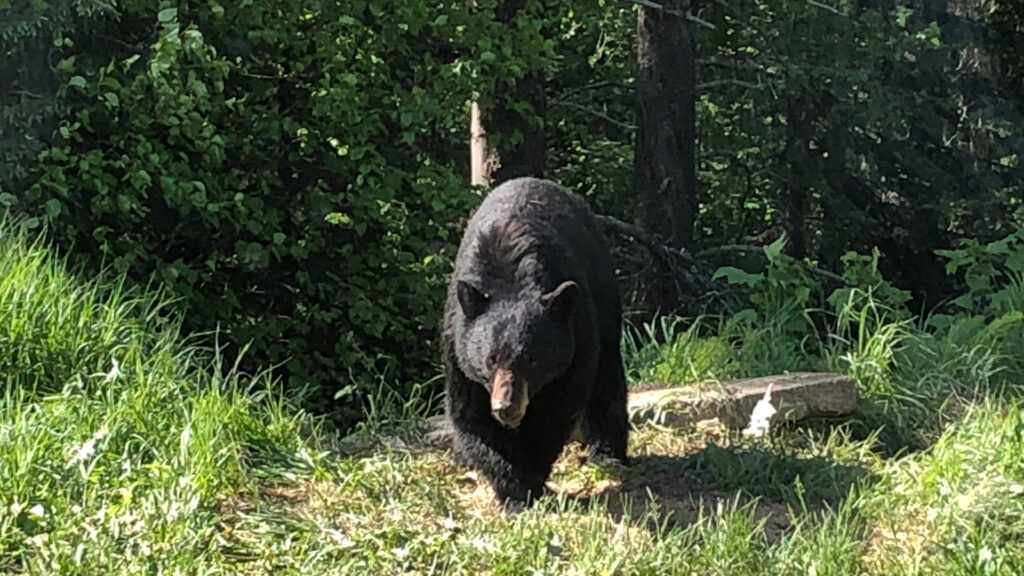
There Are Breathtaking Hikes Everywhere
At Big Bear, there are miles and miles of trails heading off in all directions. And with 22 miles of shoreline, chances are you’ll have a view of the lake as you explore the hills and canyons. You can enjoy panoramic views of the lake or look up to the area’s highest peak, San Gorgonio Mountain.
Best of all, there are hiking trails for all ages and abilities. Everyone can enjoy Big Bear’s beauty without fear of stumbling on the trail.
You Won’t Want to Leave!
The Big Bear Lake area is not exactly a closely held secret, but it has many layers to reveal. As you discover them, you may realize that you want to stay here year-round. Why wouldn’t you want to live in a place where you can bask in the sun and frolic in the snow? Sounds like a winning combination to us.
What’s your favorite thing to do at Big Bear Lake?



